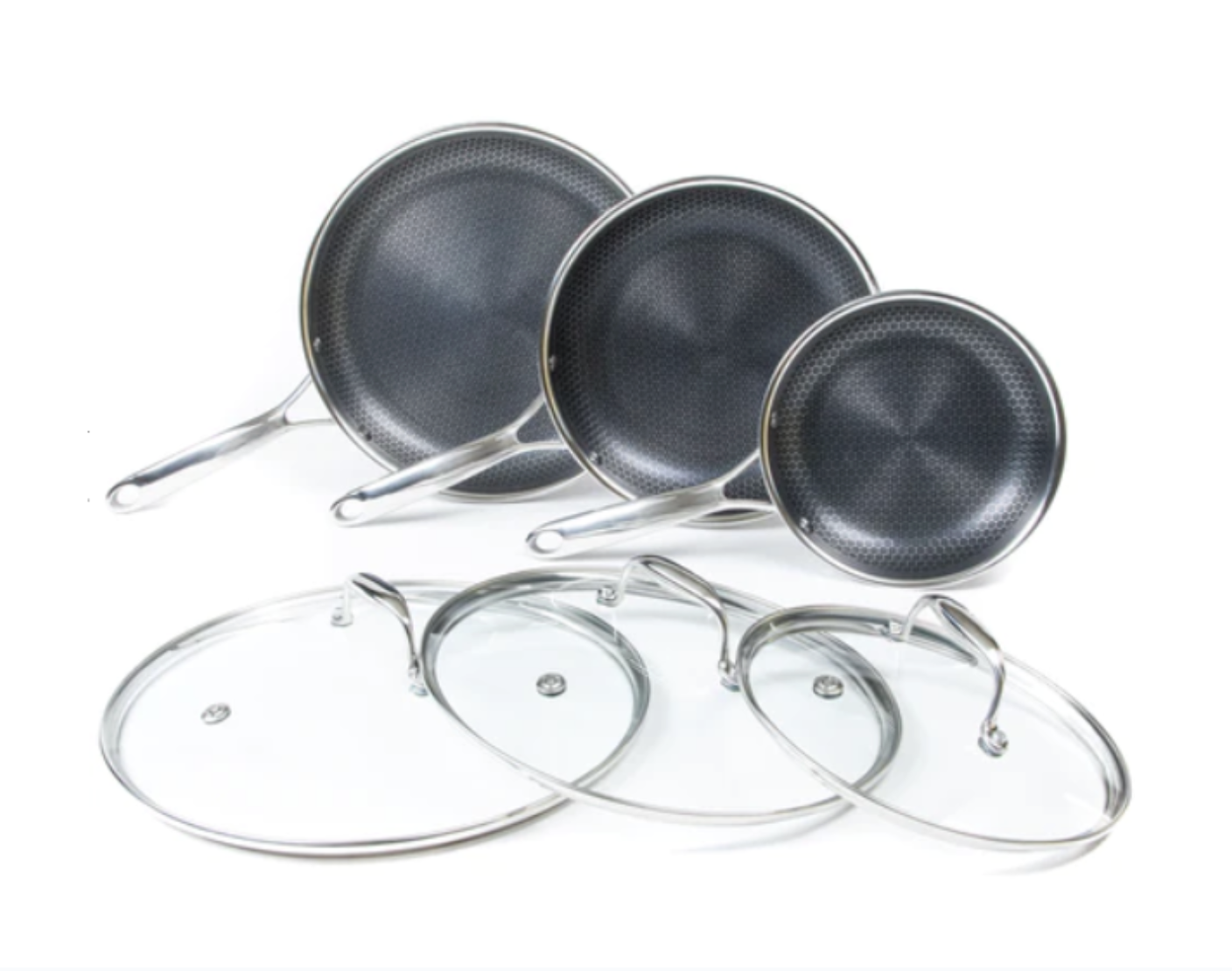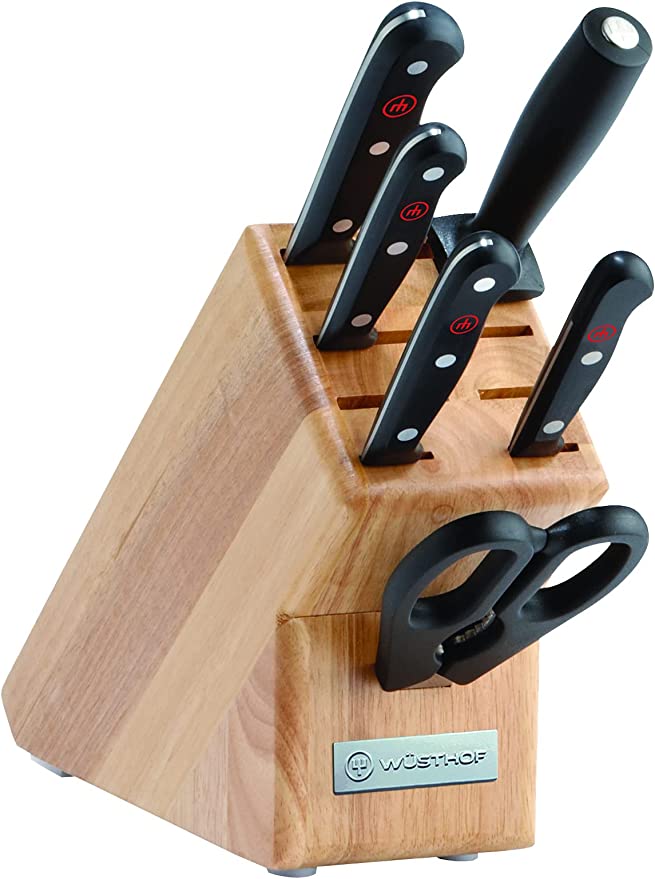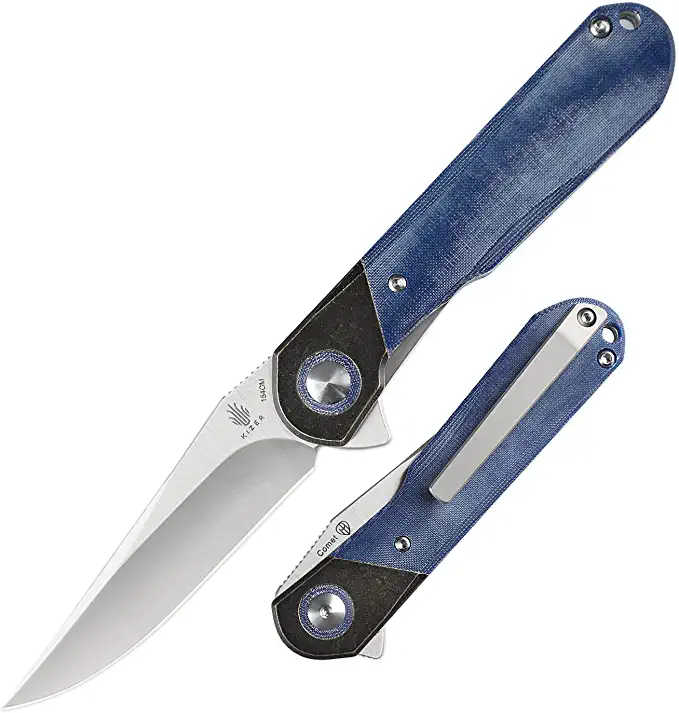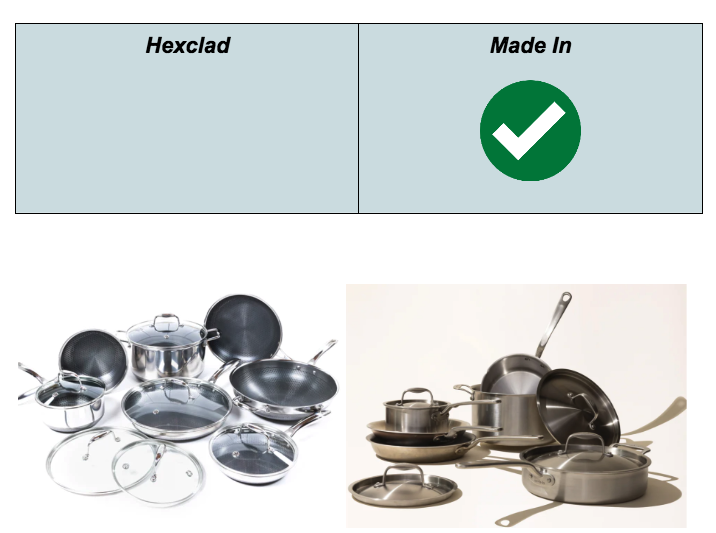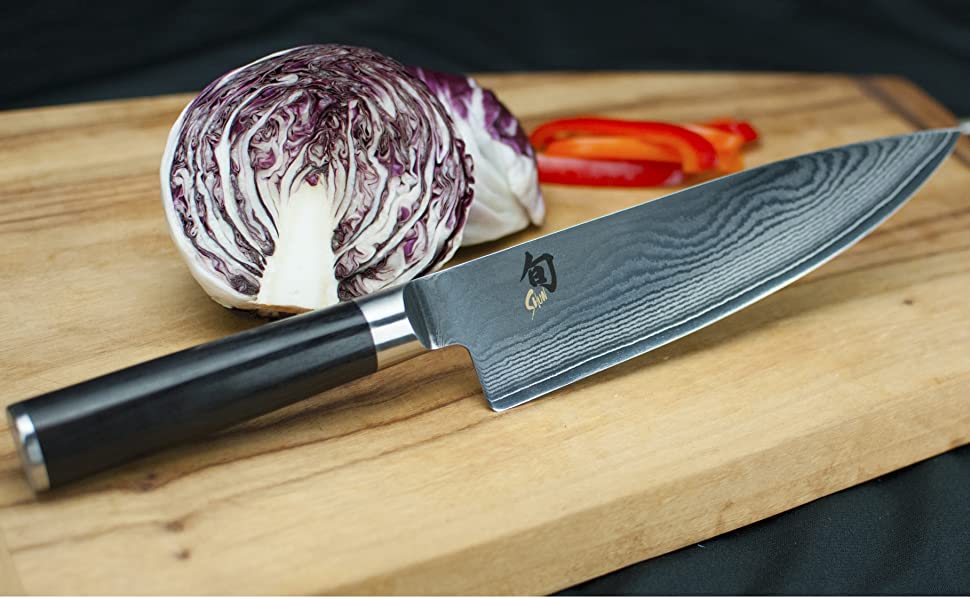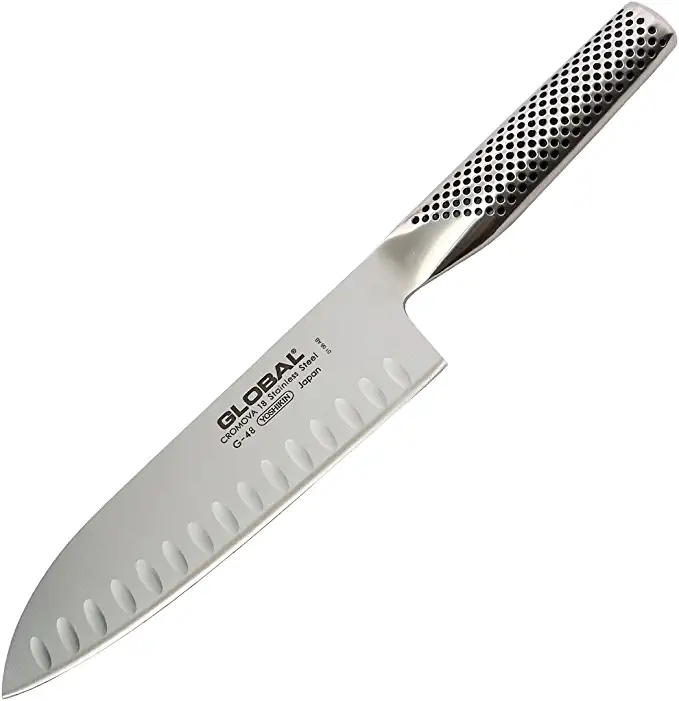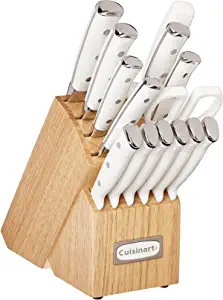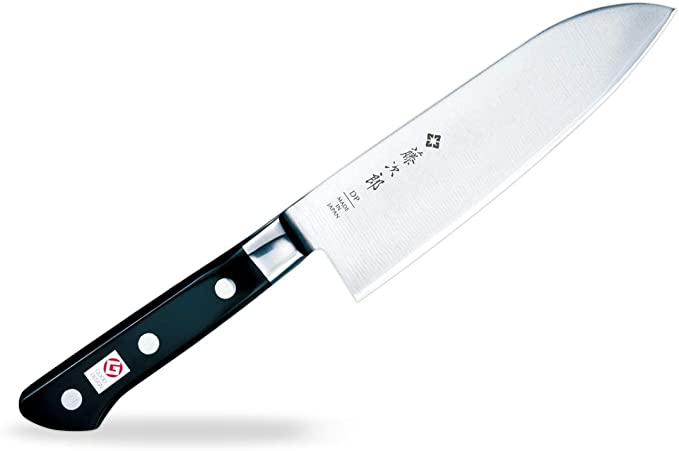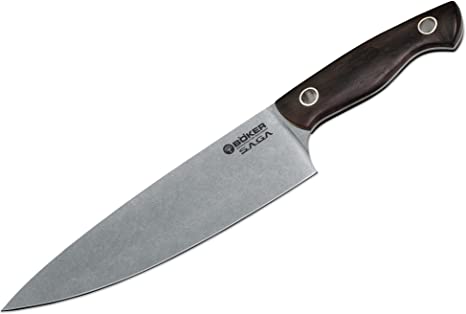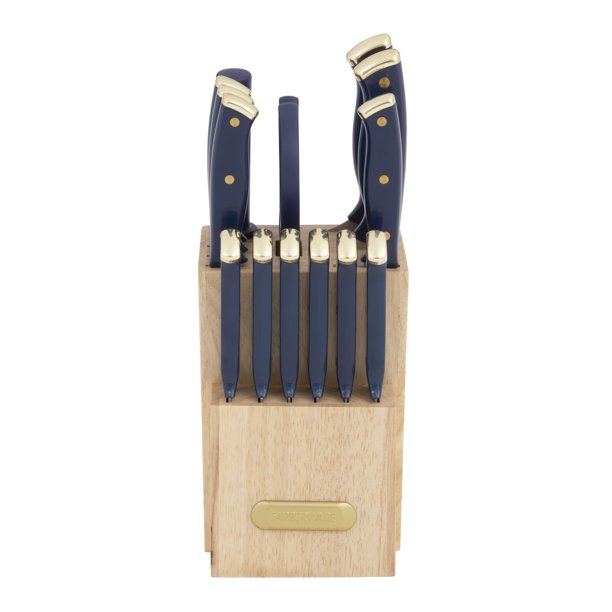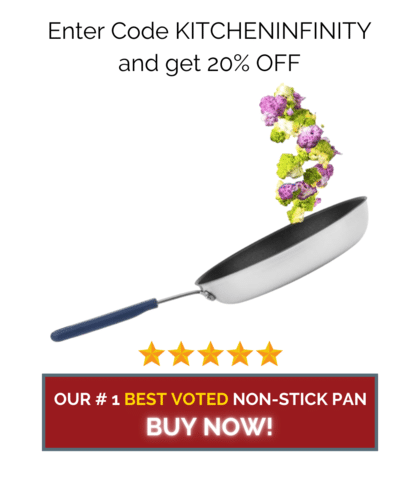Made In cookware takes the lead in this comparison with All-Clad pots and pans. Although, both brands offer a variety of advantages and aid in cooking no matter how complex the recipe may be and makes cooking a whole lot fun.
With over 20 years of cooking experience and dedicating over 50 hours of research, I have tried, tested, and reviewed top cookware brands including Made In and All-Clad so you can buy only the best cookware in the market that is suited to your needs. In addition, I also have 30 years of experience cooking and comparing quality kitchenware that stands the test of time and is also budget-friendly.
In this article we will compare two of the leading cookware brands: Made In and All-Clad. You will be able to see how both brands stack up in terms of quality, efficiency, design and construction, as well as affordability. You can also check out our article on Made In vs. Misen cookware. If you are interested, keep on reading!
Made In
Made In cookware was launched in 2016 and showcases a rich knowledge and variety of pots and pans thanks to one of its owners, Jack Kalick’s kitchen supply business which has flourished for over a 100 years.
Made In is known to cut out any middleman and sell its products directly to the customers via its online store. This helps keep its prices affordable for the average consumer.
While it may be a luxury brand, Made In provides a wide range of cookware that is constructed with different materials so you can pick whichever fits your cooking requirements and needs best.
They offer a variety of cookware sets and individual pieces with a mix of 5-ply stainless steel, 5-ply nonstick pots and pans, and premium carbon steel cookware.
All-Clad
All-Clad cookware is one of the leading US kitchenware companies that was founded in 1971. It started off with the production of bonded metal cookware which aided with excellent heat conductivity and durability in the long term.
This brand is known for its D5 Brushed Stainless cookware set that is also its bestselling thanks to the unique patented process through which the D5 is constructed. It features 5 layers of premium metal – stainless steel, aluminum, stainless steel, aluminum, and stainless steel again – bonded together to create durability, excellent heat conduction, corrosion resistance, and great heat distribution.
All-Clad even features 7-ply or 7D cookware construction which are designed specifically for professional use such as restaurant kitchens. Home owners can even pick from their range of nonstick collections.
Key Features: Made In vs. Misen
|
Key Features |
Made In |
All-Clad |
|
Win |
|
|
Tie |
Tie |
|
Win |
|
|
Win |
|
|
Win |
|
|
Win |
|
|
Win |
1. Construction
Both Made In and All-Clad produce fully clad stainless steel pots and pans but there are some differences in construction. Made In only provides a 5-ply construction while All-Clad cookware varies by collection. You can purchase 2-ply, 3-ply, 4-ply, and 5-ply pots and pans depending on your needs.
The two brands construct their pieces with bonded layers as it offers the best of both worlds: a tough, steel exterior and a slick, durable interior cooking surface that is 100% induction compatible and non-reactive. This also aids in even and quick heat distribution.
Made In cookware provides three layers of heavy gauge aluminum which is meshed between stainless steel layers. This sandwich design helps with quick and even heating which ensures that your food is evenly cooked.
On the other hand, All-Clad cookware offers more variety in terms of cookware construction. Their 5-ply Copper Core collection is made with 3 different metals: two exterior layers of stainless steel and two interior layers of premium aluminum and a copper core.
All-Clad also offers its D3 collection which is considered 3-ply and is made with a single layer of aluminum between stainless steel layers. Thus, there is more variety when it comes to All-Clad cookware.
2. Design
When it comes to design and appearance, both Made In and All-Clad look quite similar. Both come equipped with stylish riveted handles, steel lids, and a stunning steel exterior. However, there are some notable differences between the two as well.
Firstly, both feature pots and pans with stainless steel lids but All-Clad lids are not oven-safe whereas Made In lids are. Handles on these lids are also shaped somewhat differently on both cookware with Made In lid handles in a square shape with smooth, rounded edges. All-Clad lid handles are like a trapezoid.
Made In also offers universal silicone lids for frying pans that are oven safe up to 350-400*F.
Made In and All-Clad cookware feature double riveted stainless steel handles that stay cool even during the cooking process. The handles on Made In cookware are flatter on the top and slightly bend upward on the edge, making it easier to grip. On the other hand, All-Clad handles are straight but with a curve that resembles a ‘U’.
3. Heat Conduction
Modern, premium cookware are designed and constructed to conduct heat quickly and spread it evenly across the cooking surface.
When it comes to comparing Made In and All-Clad cookware, I carried out an experiment using the Made In Stainless Clad Frying Pan and the All-Clad D3 Stainless Everyday 3-ply Bonded Frying Pan.
I poured 2 cups of water in each of the pans and placed them on the burner on high heat. Using a stopwatch, I checked the exact time it took for both pans to boil the water inside.
The water in the Made In pan started to bubble and simmer, eventually leading to a boil in 2.5 minutes. The All-Clad pan boiled the water in around 3.5 minutes. Made In pan boiled the water faster due to its premium triple layer of aluminum core compared to the D3 All-Clad collection which only has a single layer of aluminum core.
Both pans have even heating abilities as the bubbles were evenly dispersed and were not just concentrated in some heated spots.
4. Heat Retention
Heat retention refers to how well your pots and pans can stay warm even after they have been pulled from the heat source. Good quality cookware will sustain the heat for a longer period of time.
After the last experiment, I poured out the water from both pans and placed them on the counter. After 5-7 minutes, I placed my palm over the cooking surface of each pan to check heat levels. The Made In pan was significantly warmer than the All-Clad pan. This is most likely due to the 5-ply construction of the Made In pan as it consists of five bonded layers compared to only 3 bonded layers in the All-Clad one.
5. Oven-Safety
Both Made In and All-Clad pots and pans are oven-safe but the threshold of heat resistance for each is different.
Made In stainless steel cookware is oven-safe and it is also broiler-safe up to 800*F. Its stainless steel lids are also oven-safe. The nonstick collection is safe up to 500*F, and the carbon steel collection is safe up to 1200*F, which is far more than what any home cook would require.
On the other hand, All-Clad’s stainless steel range is oven and broiler safe up to 600*F, but the lids are not. The nonstick variety is safe up to 500*F, but these are not broiler safe.
6. Stove Compatibility
All Made In cookware is induction friendly and can also be used on other cooktops. All-Clad cookware is also compatible with all stovetops except its Essentials variety which cannot work on induction tops as it lacks the ferrous metals needed for cookware to work on induction stoves.
7. Affordability
This is the most crucial factor in determining which cookware you purchase for your kitchen and cooking needs.
The All-Clad cookware range is significantly more expensive than Made In pots and pans. This is because All-Clad cookware is produced and sourced in the U.S., thus making it a very high-end and premium cookware brand. It is also sold through a retailer, which further increases the price of its pieces.
Made In, on the other hand, is far cheaper as it is sold directly to the customer through their online website. While it is definitely more affordable, Made In is not cheap by any means and does not compromise on quality.
Pros and Cons: Made In vs. All-Clad Cookware
|
Made In |
|
| Pros |
Cons |
|
|
|
|
|
|
|
|
|
|
|
All-Clad |
|
| Pros |
Cons |
|
|
|
|
|
|
|
|
|
|
Caring for your Made In and All-Clad cookware
Both Made In and All-Clad cookware are made with stainless steel, so they require similar care. Hand wash your cookware with warm water and mild soapy detergent to prevent rusting. Dry immediately after washing and avoid using abrasive cleaners or scrubbers. To prevent scratching, use gentle utensils such as plastic or wooden spoons for stirring. You can also use a non-abrasive cleaning pad for tougher food residue.
Users’ Experiences with Made In vs. All-Clad
Reviews from users of both Made In and All-Clad products have been generally positive. Users praise their durability, heat evenly distribution, ease of cleanup, and overall cooking performance when using either brand's cookware. While All-Clad is more expensive, many users report that the extra cost is worth the superior performance and longevity.
Avoiding rust and other issues with Made In and All-Clad
In order to prevent rust from forming on your Made In or All-Clad cookware, avoid exposing them to moisture for extended periods of time. To further protect your cookware from corrosion, store them in a dry place away from direct sunlight and heat sources such as stovetops or ovens. Additionally, acidic foods should be cooked at lower temperatures (under 375 degrees Fahrenheit) to prevent damage to the stainless steel surface. Finally, avoid using abrasive cleaners or scrubbers as they can cause scratches which will weaken the protective layer of the cookware. With the proper care and attention, you can enjoy your Made In or All-Clad cookware for years to come.
FAQs for Made In vs. All-Clad Cookware
What is the difference between Made In and All-Clad cookware?
Made In cookware is made from triple-ply stainless steel and core aluminum, while All-Clad cookware is constructed with bonded metals to create its signature 5-ply construction. The difference in construction makes each type of cookware distinctively different. Made In cookware is designed for balanced heating, while All-Clad cookware is created for superior heat retention.
Which type of cookware should I choose for my kitchen?
The best type of cookware to choose depends on your cooking needs and preferences. If you are looking for highly conductive and responsive cooking equipment, then Made In might be the better option; however, if you want even heat distribution and superior heat retention, then All-Clad may be a better choice. Ultimately, your decision should take into account your own cooking style and needs.
Are there any safety considerations to keep in mind when using either Made In or All-Clad cookware?
Yes, both types of cookware should be handled with care. When using either type of cookware, always use oven mitts or kitchen towels to protect your hands from burns when touching hot surfaces. Additionally, make sure never to preheat an empty pan as this can cause it to warp due to excess heat exposure. Lastly, always store the cookware away from any open flames or high heat sources. Following these simple steps will help ensure that you are using safe and effective cookware for years to come.
Is Made In cookware made in the USA?
Yes, Made In cookware is made in the USA. Most of its pans, pots, and knives are manufactured in the States, though some pieces may be constructed in France or Italy.
Do All-Clad pans rust?
Yes, All-Clad can rusts in case your water contains a significantly high iron content and you keep your pots and pans soaked for long then this may result in discoloration and rust. Always dry your All-Clad pans thoroughly.
Is Made In Cookware toxic?
No, Made In cookware is not toxic. In fact, it is FDA approved and also stamped as safe by the U.S. Consumer Safety Commision. Its nonstick cookware also does not have a self-depleting layer, which means that they last longer so long as you care for them properly.
Can All-Clad go in the dishwasher?
Yes, All-Clad cookware is dishwasher safe.
Which Brand is Better? Our Verdict
Made In cookware is undoubtedly the winner on this list thanks to its sturdy and resilient build and its oven-safety. It is also a more affordable option for home chefs and will last you for years to come.
This is not to say that All-Clad isn’t just as good, but it can be more expensive than Made In and there are some limitations that come with this luxury brand, such as stainless steel lids that are not oven-safe.
Both brands are incredibly versatile and handy as they offer a great cooking experience and will last you for a long time.
Top Picks for Made In Cookware
- Best Stainless Steel: Made In Stainless Steel Set (6 PC)
- Best for Searing: Blue Carbon Steel Grill Frying Pan
- Best Versatility: Enameled Cast Iron Dutch Oven
Top Picks for All-Clad Cookware
- Best for Sauteing: HA1 Hard Anodized Nonstick Chef’s Pan
- Best All-Rounder: Mixed Material Versatile Cookware Set (12 PC)
- Best Dutch Oven: HA1 Nonstick Cookware, Dutch Oven



